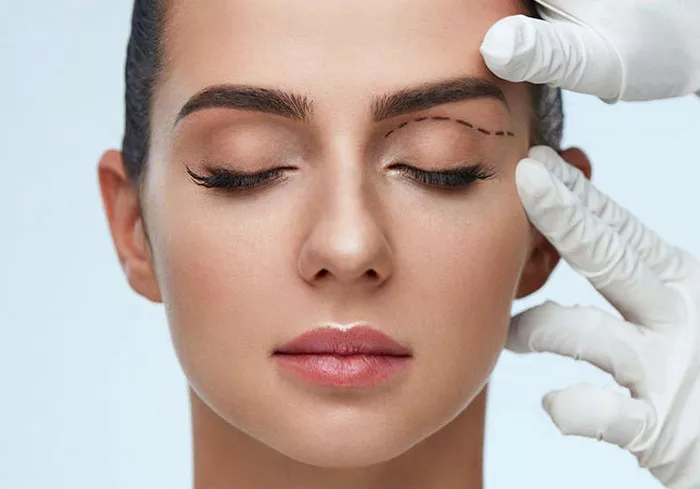Vascular dark circles are a common cosmetic concern that affects many people. These dark circles are caused by the dilation of blood vessels under the skin, which can create a bluish or purple appearance. While vascular dark circles are not a medical concern, they can be bothersome to many people and can affect their self-confidence. Fortunately, there are several treatments available that can help to reduce the appearance of vascular dark circles. This article will provide a comprehensive guide to how to treat vascular dark circles, including the causes of the condition, the different treatment options available, and tips for preventing the condition from occurring.
Causes of Vascular Dark Circles:
Vascular dark circles are caused by the dilation of blood vessels under the skin. This dilation can be caused by several factors, including:
Genetics: Some people may be more prone to developing vascular dark circles due to their genetics. If a person’s parents or other family members have the condition, they may be more likely to develop it as well.
Age: As a person ages, the skin under their eyes becomes thinner and more translucent. This can make the blood vessels under the skin more visible, leading to the appearance of dark circles.
Allergies: Allergies can cause the blood vessels under the eyes to dilate, leading to the appearance of dark circles.
Fatigue: Lack of sleep or fatigue can cause the skin under the eyes to appear more translucent, making the blood vessels more visible.
Sun Exposure: Sun exposure can cause the skin under the eyes to become thinner and more translucent, making the blood vessels more visible.
Treatment Options for Vascular Dark Circles:
There are several treatment options available for vascular dark circles, including:
Topical Creams: Topical creams that contain vitamin K or caffeine can help to reduce the appearance of vascular dark circles. These creams work by constricting the blood vessels under the skin, making them less visible.
Laser Therapy: Laser therapy can be used to target the blood vessels under the skin and reduce their appearance. This treatment is typically performed by a dermatologist or cosmetic surgeon.
Chemical Peels: Chemical peels can be used to remove the top layer of skin under the eyes, reducing the appearance of dark circles. This treatment is typically performed by a dermatologist or cosmetic surgeon.
Dermal Fillers: Dermal fillers can be used to add volume to the area under the eyes, reducing the appearance of dark circles. This treatment is typically performed by a cosmetic surgeon.
Surgery: In severe cases, surgery may be necessary to reduce the appearance of vascular dark circles. This procedure involves removing or repositioning the fat under the eyes to reduce the appearance of dark circles. This treatment is typically performed by a cosmetic surgeon.
Preventing Vascular Dark Circles:
There are several steps that a person can take to prevent the development of vascular dark circles, including:
Protecting the Skin: Protecting the skin under the eyes from sun exposure can help to prevent the skin from becoming thinner and more translucent.
Getting Enough Sleep: Getting enough sleep can help to reduce fatigue and prevent the skin under the eyes from becoming more translucent.
Managing Allergies: Managing allergies can help to prevent the blood vessels under the eyes from dilating, reducing the appearance of dark circles.
Using Eye Creams: Using eye creams that contain vitamin K or caffeine can help to reduce the appearance of dark circles.
Eating a Healthy Diet: Eating a healthy diet that is rich in vitamins and nutrients can help to improve the overall health of the skin, reducing the appearance of dark circles.
Conclusion:
Vascular dark circles are a common cosmetic concern that can affect many people. While they are not a medical concern, they can be bothersome to many people and can affect their self-confidence. Fortunately, there are several treatments available that can help to reduce the appearance of vascular dark circles, including topical creams, laser therapy, chemical peels, dermal fillers, and surgery. Additionally, there are several steps that a person can take to prevent the development of vascular dark circles, including protecting the skin, getting enough sleep, managing allergies, using eye creams, and eating a healthy diet. If you are concerned about the appearance of vascular dark circles, it is important to consult with a qualified dermatologist or cosmetic surgeon to determine the best treatment options for your individual needs.


